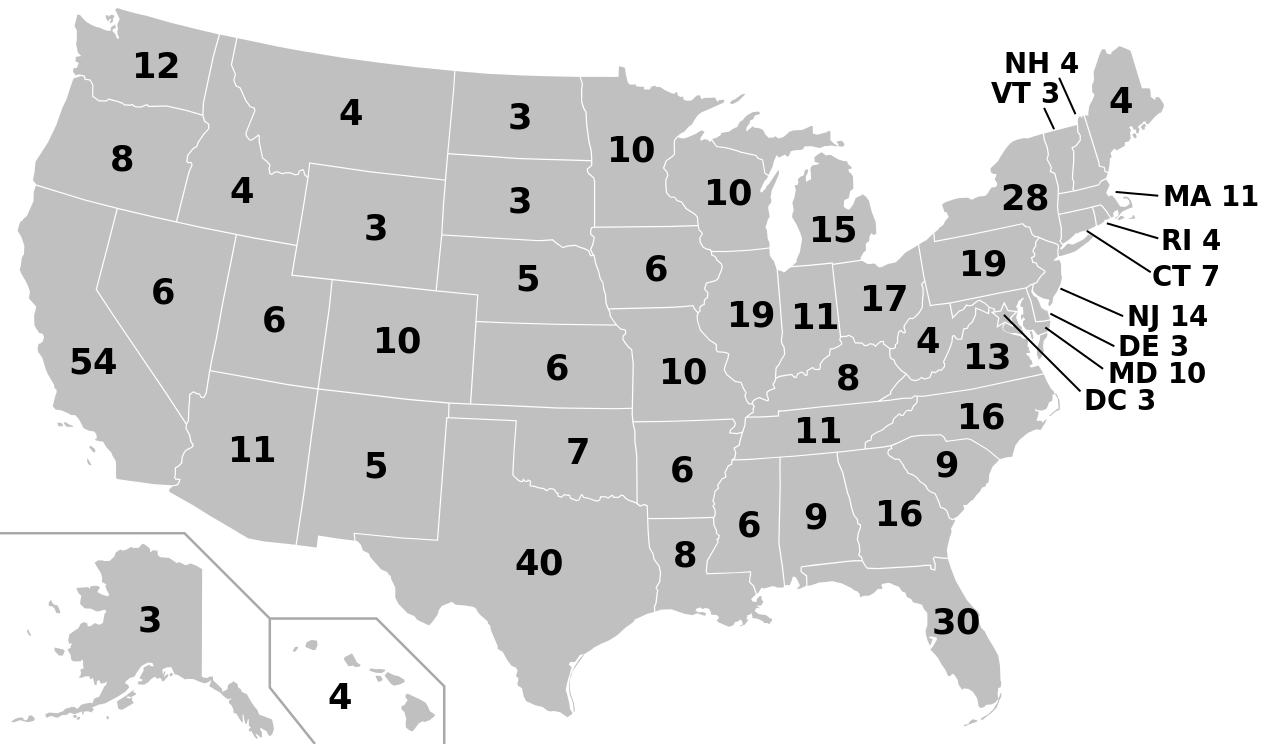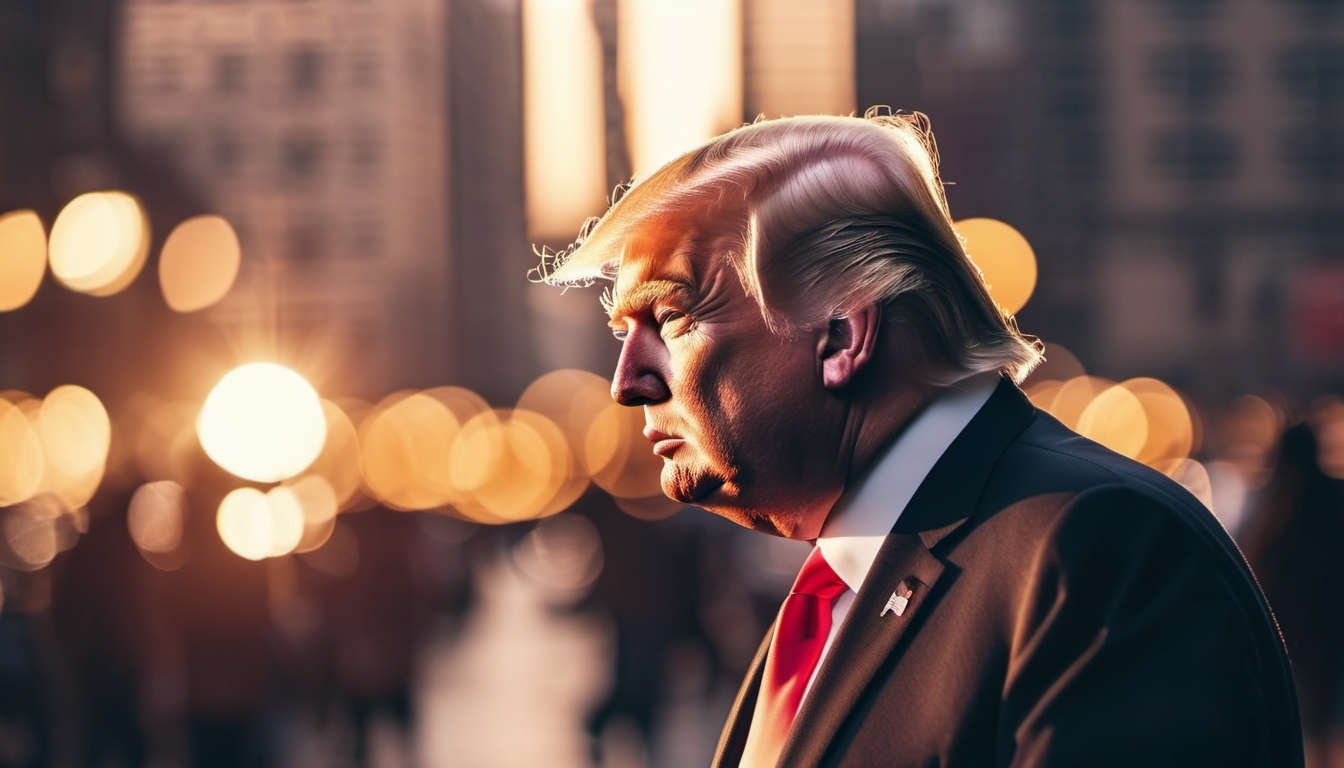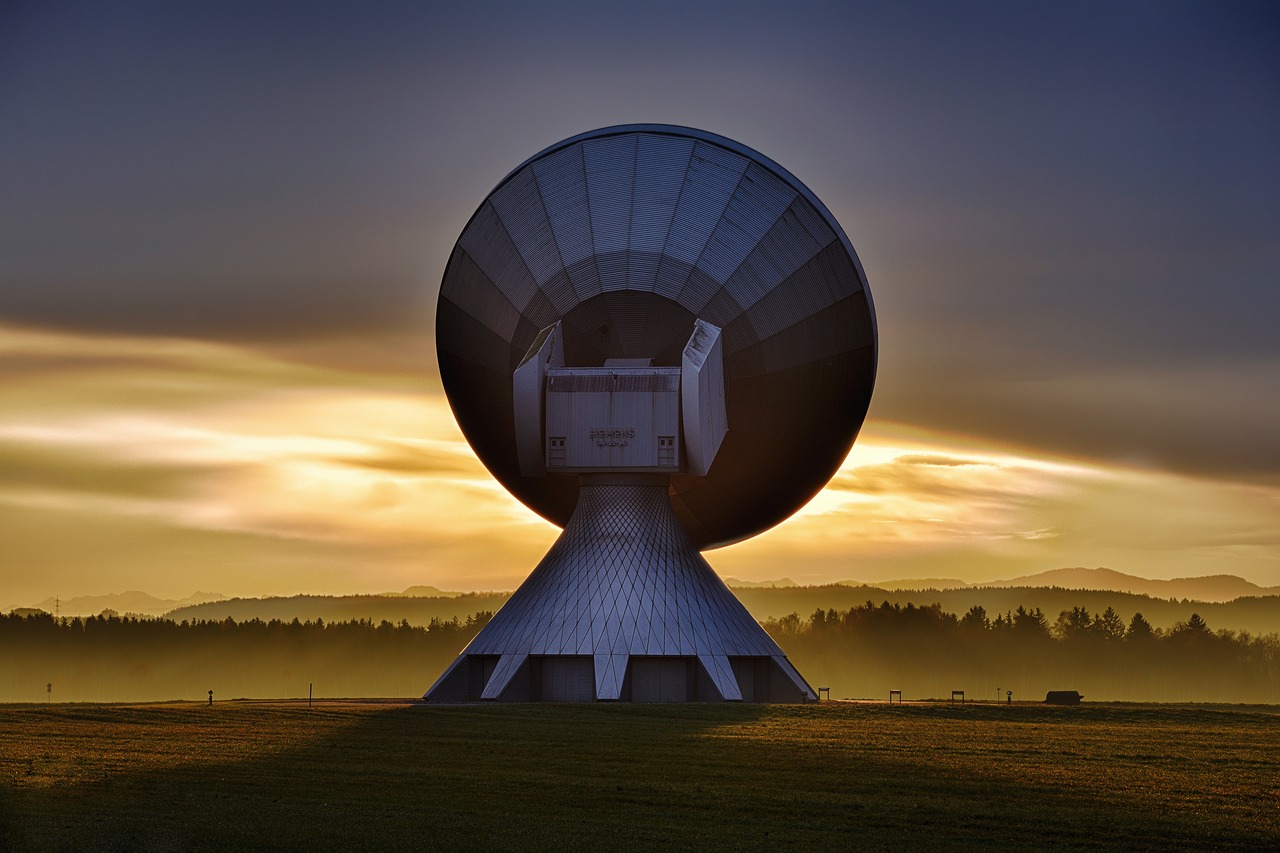With the Presidential Elections coming up soon, it’s guaranteed to be a hotly contested and highly vocal one. With concerns of voting, voter fraud, potential suits, and infighting, we all will be watching how the election process will play out.
For those of us who have voted before – we’re all aware of “battleground states,” or “swing states,” that can affect the outcome of an election. But to get to that magic 270 number – any candidates must win the electoral college. Though there are different strategies employed, the number of votes needed stay the same.
1. What is the Electoral College
The Electoral College stands as a cornerstone of the United States’ electoral process, enshrined within the fabric of the nation’s governance by the framers of the Constitution. Its inception aimed to harmonize the competing interests of populous states and those with smaller populations, ensuring equitable representation in the selection of the President and Vice President. With 538 electors comprising the Electoral College, each state’s allotment is determined by the sum of its Senators and Representatives in Congress. This allocation mechanism underscores the federalist principles guiding the American political landscape.
Central to the Electoral College’s function is the threshold of 270 electoral votes, delineating the minimum requirement for a presidential candidate to ascend to the highest office. This benchmark serves as a barometer of national consensus, compelling contenders to cultivate broad-based support across a geographically diverse electorate. Since its inauguration alongside the nascent stages of the republic in 1789, the Electoral College has endured as a bastion of stability in the democratic process, providing a structured framework for the peaceful transition of power.
However, the Electoral College has not been immune to scrutiny and contention throughout its storied history. Critics argue that its reliance on winner-takes-all allocation methods in most states can skew representation, potentially disenfranchising significant segments of the electorate. Additionally, the divergence between the popular vote and the Electoral College outcome, as witnessed in certain presidential elections, has ignited fervent debates over the system’s fairness and efficacy.
Nevertheless, defenders of the Electoral College maintain that it fortifies the federalist underpinnings of the American political system, preserving the integrity of state sovereignty while averting the perils of direct democracy. They contend that abolishing the Electoral College would undermine the delicate balance of power between states, exacerbating regional disparities and diminishing the voice of less populous regions.
2. The Selection Process
The selection process for the Electoral College is set forth in Article II, Section 1 of the United States Constitution. It begins with the states selecting their slate of electors, who then cast ballots for the President and Vice President. Each state’s number of electors corresponds to the number of members it has in Congress, which is currently fixed at one for each member of the House of Representatives plus two for each member of the Senate. In order to win the presidency, a candidate must receive a majority of the total number of electoral votes, which is equal to the number of seats in the House of Representatives plus the number of Senators, minus one. If no candidate receives a majority, the House of Representatives selects the President, with each state delegation having one vote.
3. The Role of the Electoral College in Presidential Elections
The Electoral College plays a crucial role in the presidential election process. It is a group of electors, chosen by each state, who are responsible for selecting the President and Vice President of the United States. The number of electors from each state is equal to the sum of its Senators and Representatives in Congress.
During the general election, voters cast their ballots for their preferred candidate. However, the actual selection of the President takes place during the presidential election held every four years by the electors of the Electoral College. Each elector represents a district or political subdivision within their respective state and they meet in their respective state capitals to vote for the candidates.
The candidate who receives the most votes in a state wins all of that state’s electoral votes. This means that a candidate must win at least 270 electoral votes to become President. If no candidate wins a majority of the popular vote, the House of Representatives selects the President, with each state delegation having one vote.
4. How Votes Are Cast and Counted
In the United States, presidential elections are held every four years, and the process of casting and counting votes is overseen by the Electoral College. Each state has a certain number of electors, equal to its total number of Senators and Representatives in Congress. During the general election, voters cast ballots for their preferred candidate, and the candidate who receives the most votes in each state wins all of that state’s electors. These electors then vote for the president and vice president during a meeting called the Electoral College. The candidate who receives the majority of the electoral vote, at least 270 out of 538, becomes the next president. If no candidate receives a majority, the House of Representatives selects the president, with each state delegation having one vote.
5. The Impact of the Electoral College on Campaign Strategies
The Electoral College has a significant impact on campaign strategies during presidential elections. Because the number of electoral votes needed to win the presidency is 270, candidates must focus their efforts on states where they have the best chance of winning a majority of the electoral votes. This means that candidates often concentrate their resources and time on a smaller number of “swing” states, rather than trying to win every state.
Additionally, the Electoral College can create a “magnifying glass effect,” where a candidate’s performance in a small number of highly populated states can greatly influence the outcome of the election. For example, if a candidate wins the popular vote in California but loses the state’s electoral votes, their chances of winning the presidency may be significantly reduced.
This focus on a smaller number of key states can lead to a lack of attention being given to other important states, which can result in voter disenfranchisement and a decrease in political engagement. It can also lead to a situation where a candidate who does not win the national popular vote still ends up in the White House.
6. Controversies Surrounding the Electoral College
The Electoral College has been a topic of controversy since its creation. Some argue that it is outdated and undemocratic, while others believe that it is necessary to ensure fair representation of all states. One of the main criticisms of the Electoral College is that it can lead to a situation where the candidate who wins the popular vote does not become the president. This phenomenon, known as the “mandate gap,” occurred in the 2000 presidential election when George W. Bush won the presidency despite losing the popular vote to Al Gore.
Critics argue that this system is flawed and disenfranchises voters, particularly in heavily populated urban areas. Another criticism of the Electoral College is that it can lead to a situation where a candidate wins the presidency without having a majority of the popular vote.
Critics argue that this system is undemocratic and does not reflect the true will of the people. Despite these controversies, the Electoral College remains a fundamental part of the United States political system, and any proposals for reform must take into account the delicate balance between fair representation and democracy.
7. Proposals for Reforming the Electoral College
There have been several proposals put forward over the years to reform the Electoral College system. One popular proposal is to replace the current system with a direct popular vote. This would mean that the candidate who receives the most votes nationwide would win the presidency, rather than the candidate who wins the most states. Another proposal is to create a national runoff election, where the top two candidates compete in a second round of voting if no candidate receives a majority of the popular vote in the first round. Other proposals include allocating electoral votes based on the national popular vote or creating a proportional representation system. However, these proposals face significant political obstacles and are unlikely to be implemented anytime soon.
8. Conclusion
In conclusion, the Electoral College plays a crucial role in the presidential election process. It ensures that the candidate with the most votes wins the presidency and prevents a situation where a candidate could win the popular vote but lose the election due to a lack of support in certain states. While the Electoral College has been controversial in the past, it remains an essential part of our democratic system. As we move forward, it is important to continue to examine and discuss potential reforms to ensure that the Electoral College continues to serve its intended purpose while also addressing any concerns or issues that arise.








Leave a Reply